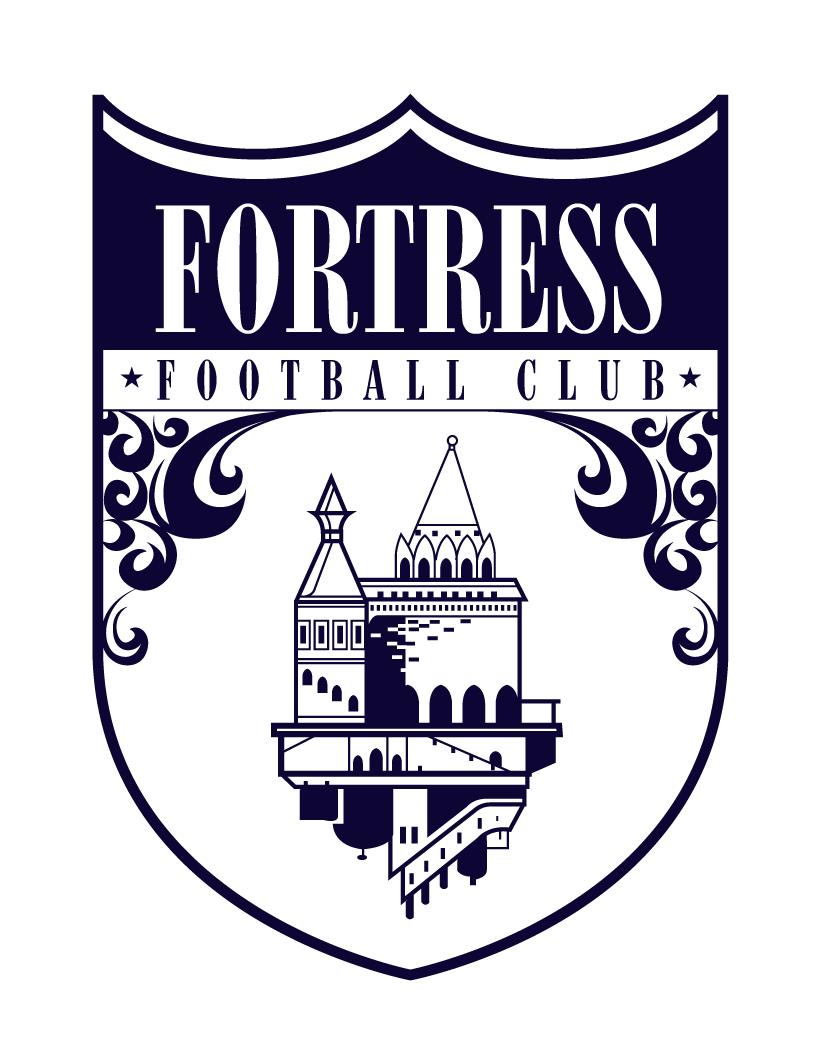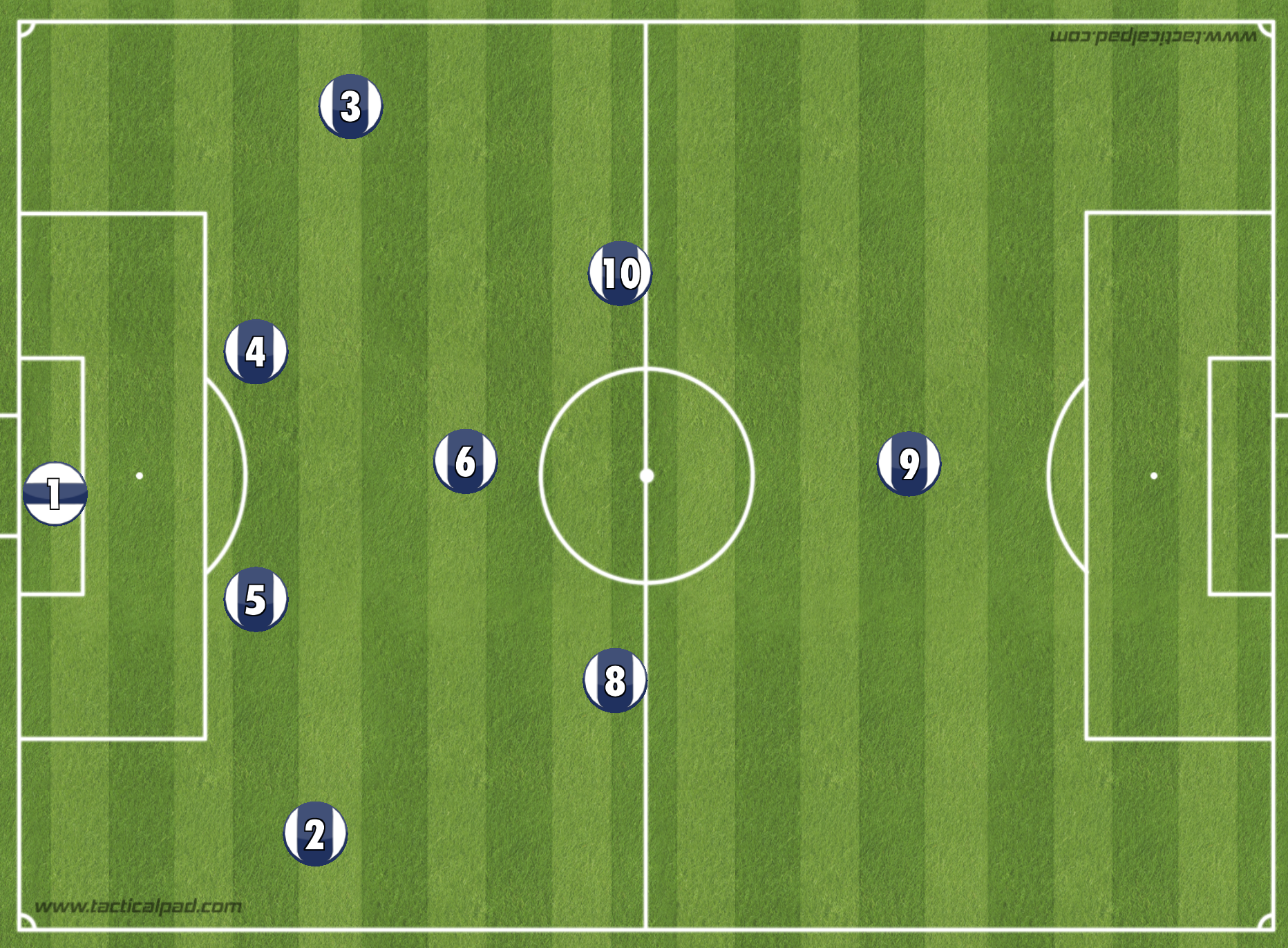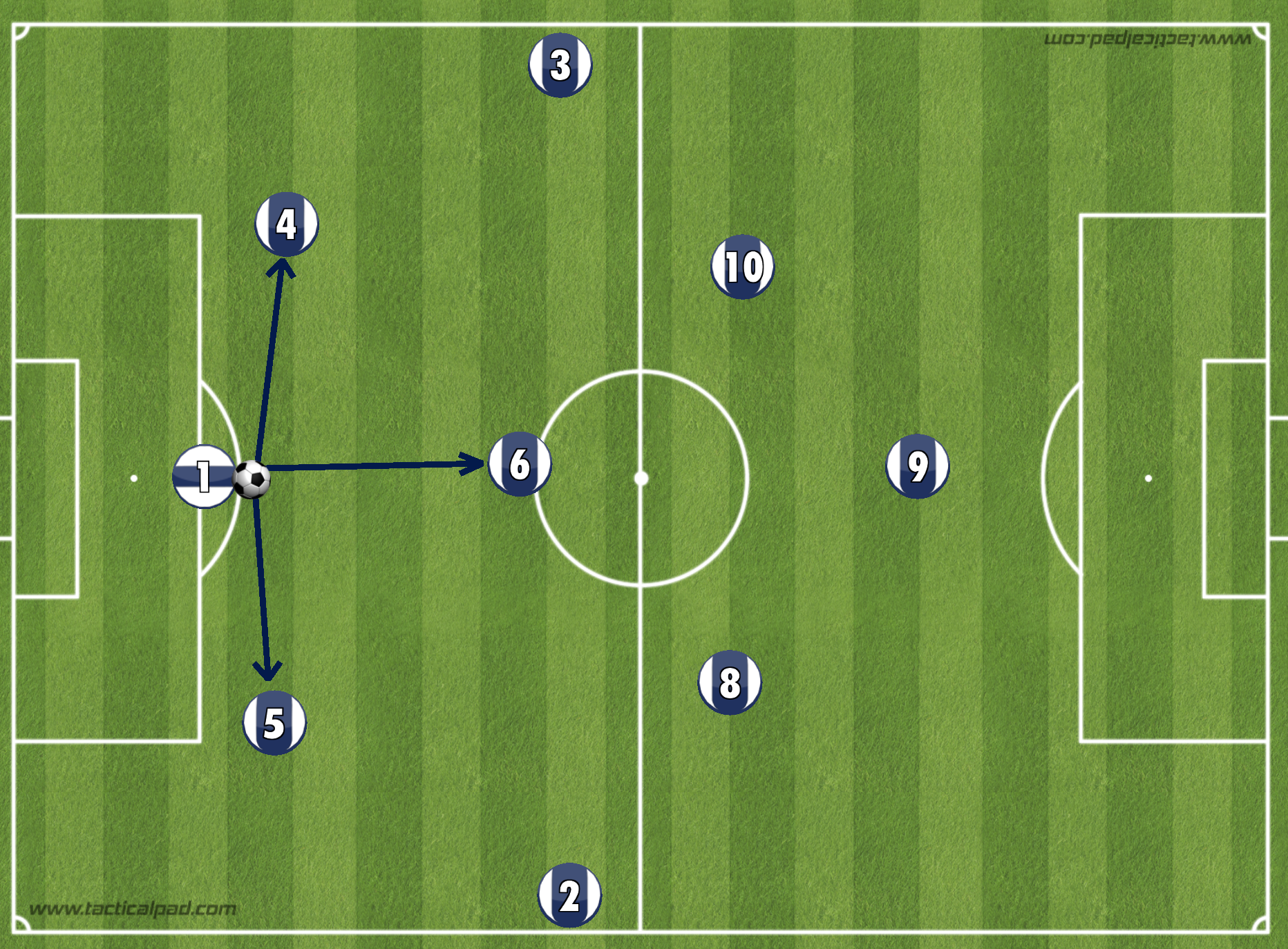Tactical Analysis 1 - Formation, Outside Players, and Pivota
At under 12, the age group we play in, we have 9 players on the field at a time. I’m sure you’ve noticed this in the games we’ve played. But maybe it’s not so obvious as to how we line up or what we expect tactically from our players. Here’s a short description:
Our lineup is a 1-2-3-3 on offense. This means we have 1 goalkeeper, 2 defenders, 3 midfielders, and 3 forwards.
On defense, our wingers (the outside forwards 7 and 11) come back to play our wingbacks. This means on defense, we play a 1-4-3-1. The wingbacks numbers are 2 and 3.
This means our wingers, or right and left midfielders, run a lot. They’re constantly checking where the ball is and getting in a good position to create more space in offense by stretching the defense high. Or, they’re tracking back and tucking in when we lose possession on the opposite side of the field.
Our outside players are playing two positions: wingbacks and wingers. Tactically, this will get our team ready to play 11v11 next year, as all we need to do is make two outside players wingbacks and two outside players wingers. We will also find out who will play a more attacking position and who will play more of a defending one. The formation we will use in the Fall will be a 1-4-3-3, or 1 goalkeeper, 4 defenders, 3 midfielders, and 3 forwards:
This systematic philosophy should make the transition to 11 a side seamless. Our philosophy doesn’t change. Our attacking patterns don’t change. Our goal kicks, throw-ins, transitions, etc. don’t change. This helps us get into greater detail with game-like situations as the boys age.
When our keeper gets the ball, no matter if he saved a shot, received it on a pass from a teammate, or is kicking a goal kick, he will look for outlets to play. There will be three main outlets, the two center backs (4 and 5) and the pivota (6).
It’s important we don’t skip this step. Many teams will boot the ball forward to get the ball away from their net. In youth soccer, they may have success, especially at a younger age. But as far as developing a player to play under pressure, to know how to possess the ball, when to pass it, when to dribble, how to move into space, I cannot emphasize this tool of development enough.
Building out of the back will help us move the defense around and out of position, leaving holes that we will take advantage of. Plus, it will frustrate the opposition when they don’t have the ball for the majority of the game and have to chase after us. This is when a team will lose its shape, its discipline.
The person we want the ball to move through when building out of the back is the pivota, or 6. He’s not always open as teams will begin to try and shut him down. This will only open the wingbacks and attacking mids more. The qualities of a pivota are great vision, rarely loses the ball, knows how to make long passes to his teammates feet, knows when to slow down the game and when to pick it up (rhythm), and more. For more about why we want the ball to move through the pivota, read this article.
In simplest terms, when teams stuff the middle with players, we want to use the outside players to move the ball past the defensive lines. When teams spread the field, we want to beat them inside through the pivota and attacking midfielders.
Skill Development at Home - 15 minutes
Trapping, Outside of the Foot - 5 minutes
Trapping, Inside of the Foot - 5 minutes
Rollover, Touch (Sideways) - 5 minutes
See you tonight.





